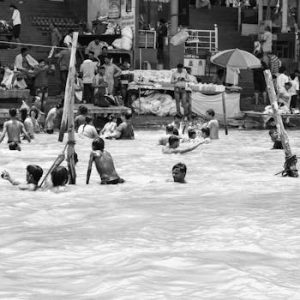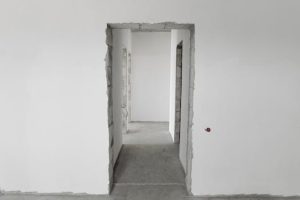Cars Have Shaped Modern Architecture and Infrastructure
The invention of cars has revolutionized the way we live and how we interact with our surroundings. It has not only provided us with a convenient means of transportation but has also played a significant role in shaping modern architecture and infrastructure. From freeways to city planning, cars have influenced all aspects of our built environment. In this article, we will delve into how cars have shaped modern architecture and infrastructure, and the impact it has on our daily lives.
City Planning and Urban Design
The increased use of cars has led to the development of modern city planning and urban design. Before the advent of cars, cities were designed for pedestrians, cyclists, and public transportation. However, with the rise of cars, cities were forced to adapt to accommodate their flow and parking needs. This has resulted in the creation of vast highways, parking garages, and roads that have significantly altered the urban landscape.
City planners realized the need to create efficient road networks that could handle a large volume of cars to prevent traffic congestion. As a result, modern cities are designed with wider streets, multi-level intersections, and flyovers to facilitate the smooth flow of traffic. This has changed the way cities look, with towering skyscrapers lining the highways, and sprawling parking lots occupying prime real estate.
The Suburbanization Effect
The increasing use of cars has also contributed to the phenomenon of suburbanization. With the freedom of mobility, people were no longer confined to living in close proximity to their workplace, and this led to the growth of suburbs. The suburban lifestyle, characterized by larger homes, spacious yards, and the dependence on cars, became the ideal for many Americans.
This change in the residential landscape has had a profound effect on the design and layout of modern suburbs. Instead of being centered around a main street or public transportation hub, suburban neighborhoods are designed with roads that prioritize the movement of cars. This has resulted in the creation of cul-de-sacs, winding roads, and cul-de-sacs, which are not conducive for pedestrians or public transport. As a result, people living in these areas are heavily reliant on cars to get around.
Impact on Public Infrastructure
Cars have also shaped the way public infrastructure and utilities are planned and built. The increase in car ownership has led to the need for more gas stations, convenience stores, and parking lots, which are now a familiar sight in urban and suburban areas. This change has also impacted the water, sewer, and power systems in these areas, as they have to be designed to accommodate the needs of these commercial establishments.
Moreover, cars have also influenced the design of public transportation systems. With the rise of private car ownership, there has been a decline in the use of public transportation. As a result, many cities have shifted their focus and budget towards improving road networks and building new highways, neglecting the development of efficient public transportation systems. This has led to a dependence on cars for daily commute, contributing to issues such as traffic congestion, air pollution, and the depletion of natural resources.
Towards Sustainable Solutions
As we move towards a more sustainable future, the impact of cars on modern architecture and infrastructure is being reconsidered. With more cities embracing the concept of smart cities and sustainable development, measures are being taken to prioritize walking, cycling, and public transportation in urban planning. This includes building pedestrian-friendly infrastructure, expanding public transportation networks, and promoting car-free zones in city centers.
Cars have played a vital role in shaping modern architecture and infrastructure, but the time has come to rethink how we interact with our environment. While cars have undoubtedly made our lives more comfortable, we must also recognize the negative impact they have had on our cities and the environment. By acknowledging this and implementing sustainable solutions, we can create a balance between the convenience of cars and the preservation of our built environment.
In conclusion, cars have changed the way we live and how our cities are designed. They have shaped modern architecture and infrastructure, with both positive and negative repercussions. As we strive towards a sustainable future, it is essential to consider the impact of cars on our built environment and take steps to find a harmonious balance between them. It is time to reimagine modern architecture and infrastructure in a way that benefits both humans and the environment.




